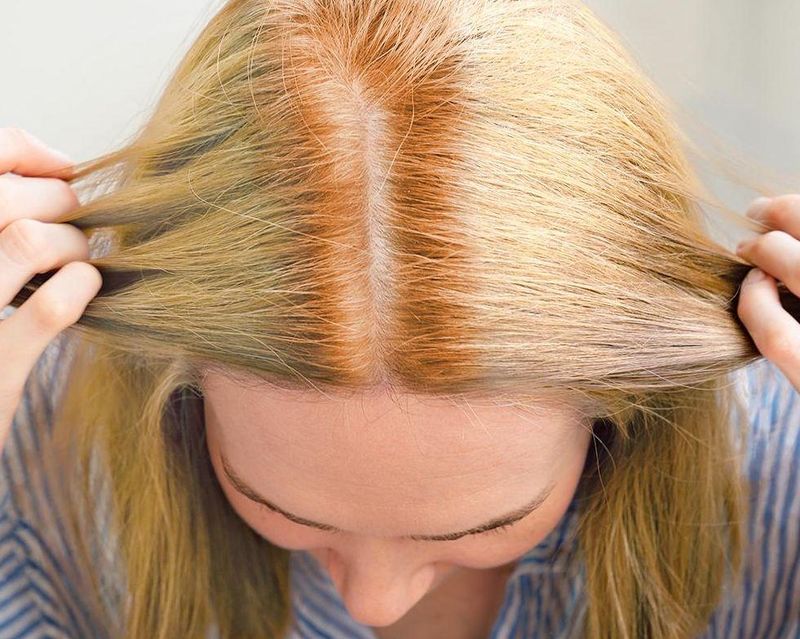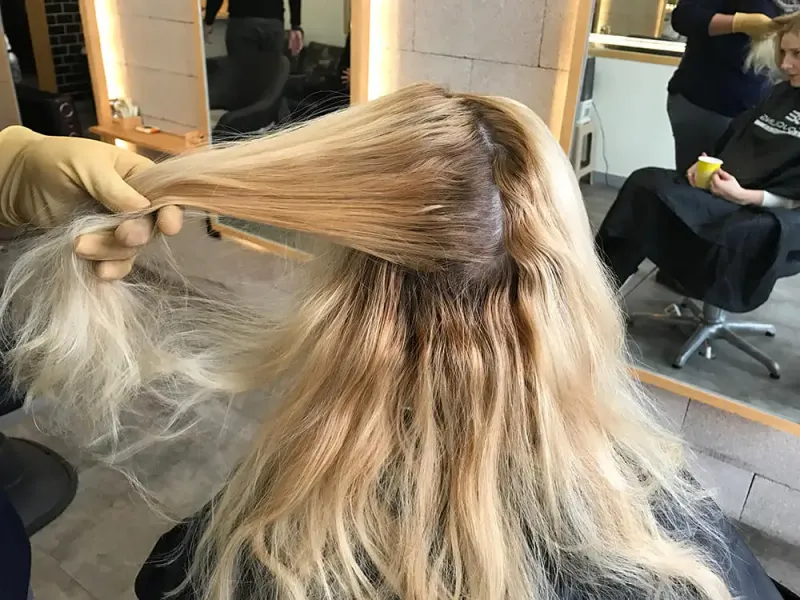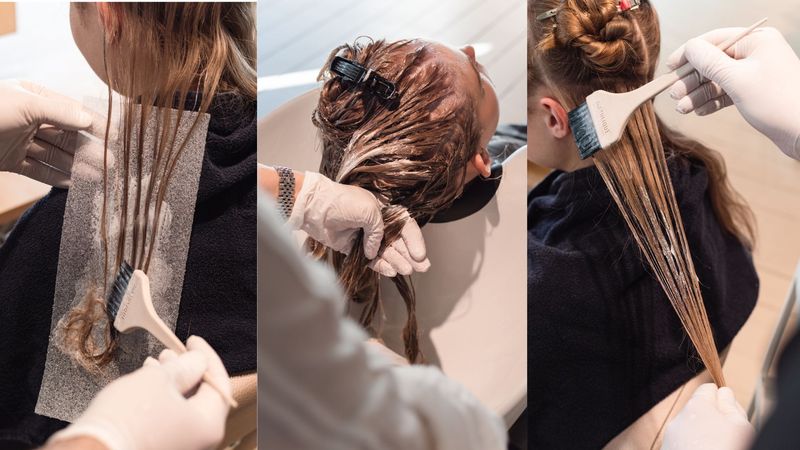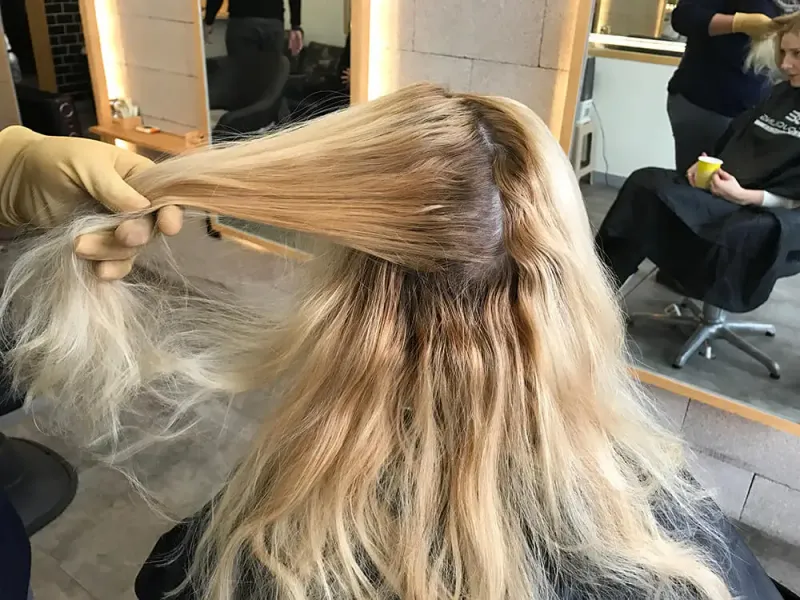Hot roots can be one of the most frustrating things to deal with after a color session, especially when you’re aiming for a smooth, even result. It’s that unwanted warm, brassy look at your roots that can make your hair color look uneven or patchy. It’s not a fun surprise, but the good news is that it’s avoidable with a little bit of knowledge and care.
In this guide, we’ll break down exactly what causes hot roots and why they tend to happen, as well as share some tips on how to avoid them in the future. Understanding the science behind hair coloring and how to properly treat your roots can save you from these color mishaps and help you achieve the even, fresh look you’re going for.
Understand Your Natural Hair Color

Knowing your natural hair color is crucial. Each hair color reacts differently to dyes, especially when attempting to lighten. If your natural color is dark, lightening steps must be taken with care to avoid hot roots. Start by thoroughly researching which shades complement your natural tones. This knowledge will guide your choice of dye, helping you avoid unwanted warmth at the roots. A professional consultation can provide insights. Remember, respecting your inherent tones is key to achieving a seamless look. It’s not just about the dye but understanding your hair’s unique personality.
Proper Application Timing

Timing can make or break your hair dye job. Applying dye with meticulous timing ensures that the roots and ends achieve uniform color. Roots naturally process dye faster due to body heat. Start application at the ends and mid-lengths, leaving the roots for last. This strategy balances processing times, preventing the heat from causing the roots to turn warmer. Use a timer to track each stage carefully. With precision and patience, you can achieve an even color. It’s like cooking a gourmet meal where every ingredient must be added at the precise moment.
Select the Right Dye Formula

Choosing the right dye formula is essential. Not all dyes are created equal, and some are specifically designed to minimize the risk of hot roots. Look for ammonia-free formulas, which tend to be gentler on the hair and less likely to cause an uneven tone. Additionally, selecting shades that are specifically crafted to blend with your natural hair color can help maintain consistency. Consult with a professional to select the best dye for your hair type. Finding the perfect formula is like finding the right pair of shoes—comfort and style must align.
Consider the Use of Toners

Toners can be a lifesaver when it comes to combating hot roots. They work by neutralizing unwanted warm tones, helping to achieve a balanced look. Applying toner after dyeing can correct any mismatched hues. It’s particularly effective for those lightening their hair significantly. Select a toner that complements your chosen dye shade to ensure harmony in color. Toners act as the final touch, perfecting your hair’s appearance. Like a painter’s finishing strokes, they bring everything together. Exploring different toner options could change your hair coloring experience entirely.
Seek Professional Assistance

When in doubt, consulting a professional is always a safe choice. Experienced stylists understand the complexities of hair color and can skillfully avoid hot roots. They can offer personalized advice, recommending products and techniques tailored to your hair type. Sometimes, an expert’s touch is all you need for peace of mind. It’s like having a trusted guide on a complex journey. Their expertise allows for a seamless color transition, ensuring your hair looks its best. Let a professional handle the nuances of hair coloring, freeing you from worry.
